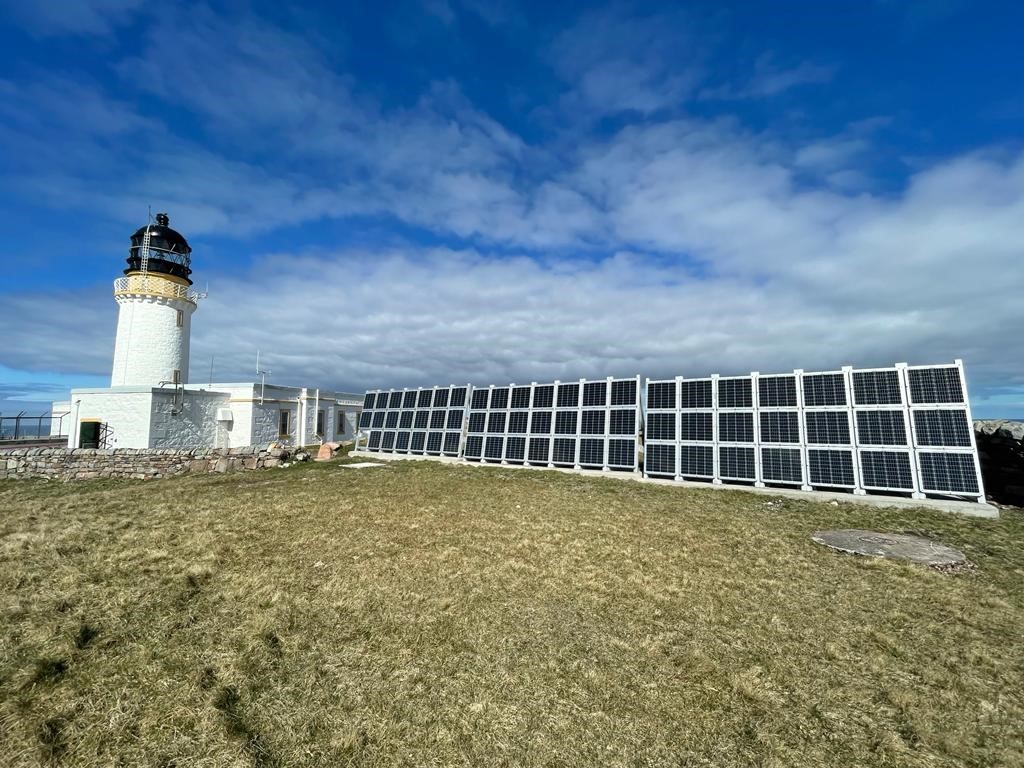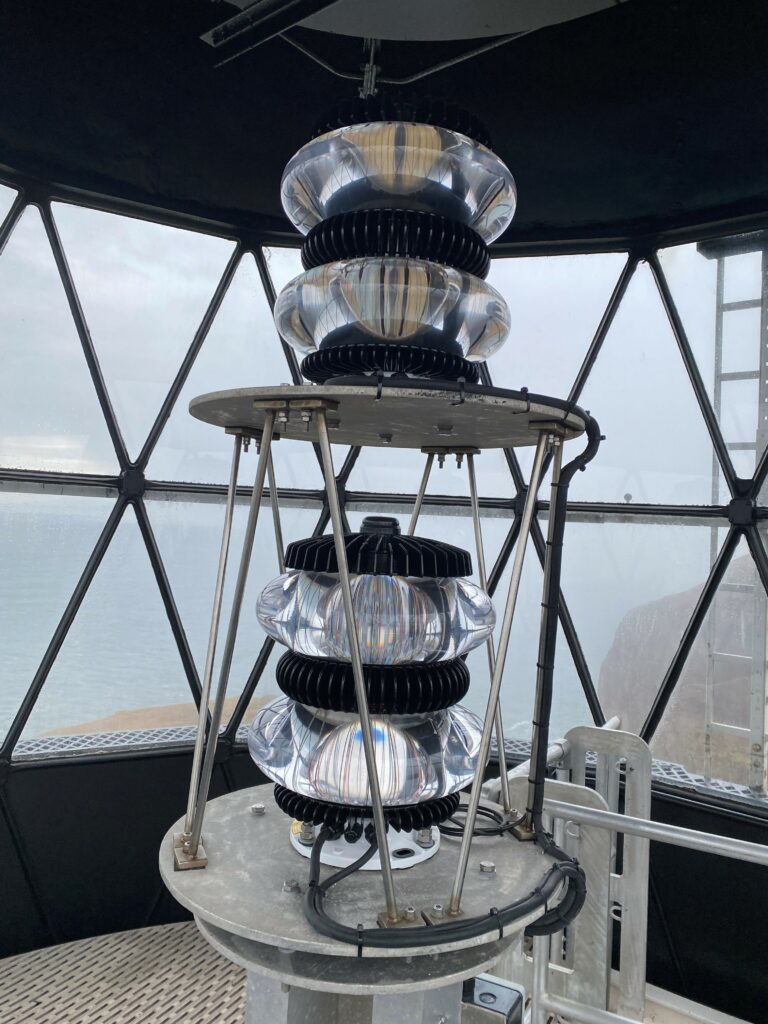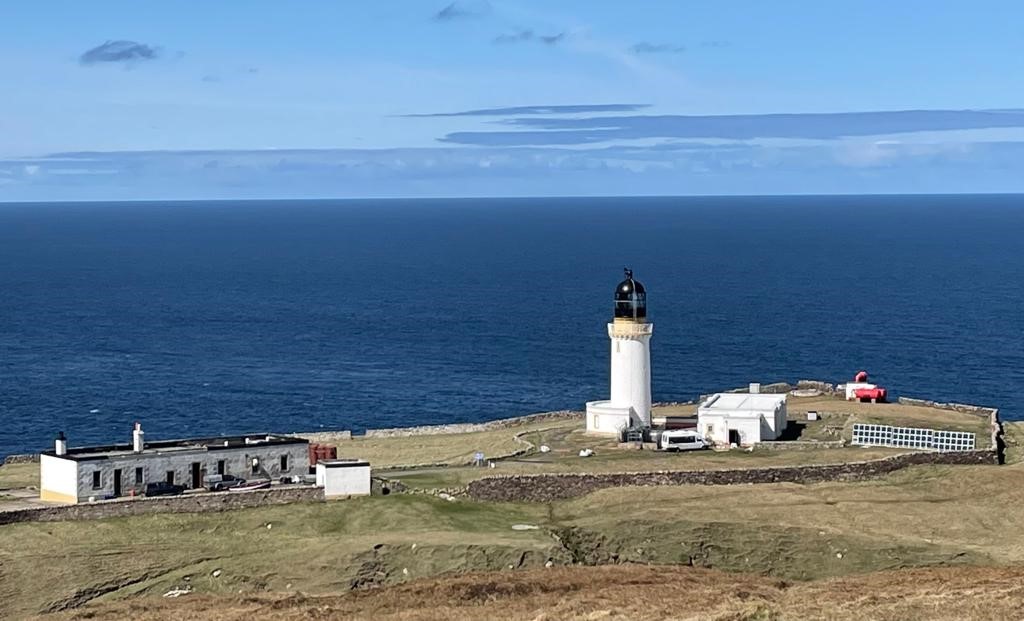NLB – Project Work – Cape Wrath

One of my recent projects was the refurbishment and upgrade of Cape Wrath Lighthouse.
This was an interesting project because it was not just about upgrading the optic, we were also looking at the welfare facilities and how we keep those in a habitable condition at a station that does not have mains power.
Location
Cape Wrath is situated on the most north westerly tip of the Scottish mainland. The lighthouse, established in 1828, sits on top of 900ft high cliffs and the location made the work particularly challenging.
For this project we needed to get over 100 tonnes of cargo to site for each phase. That is not a huge amount for construction work but logistically took much planning. From NLB’s Oban Base, the materials were loaded onto our vessel Pharos and once at Cape Wrath PDG Helicopters flew each load from the ship to the site. I never stop being impressed by the skills of the pilots who land the loads with such accuracy.
But getting the cargo to site was not our only challenge. There are over 40,000 nest sites at Cape Wrath which means we are restricted from flying between 1 April and 31 August. We take our environmental obligations very seriously and one of these is having an agreed flying restriction. Therefore, much of the work needed to be done in the worst of the weather, not ideal for external works.
Solar installation
The old light had a few moving parts which needed regular maintenance. Changing to an LED optic which runs only on solar power, without moving parts, makes it more reliable and less in need of maintenance.
The installation is made up of a bank of sixty-three 70w solar panels. The panels charge two banks of NiCAD batteries at a rate of 160A/hour per day and the total capacity of the battery is 6000a/hour. The battery runs the optic which draws 100A.hour per day. This means the battery should always be at full capacity which gives us 60 days redundancy and if there is no sunshine for 60 days the light will still function normally.
Welfare Facilities
The second part of the project was upgrading the welfare facility used by our Technicians. This was the former Keepers’ accommodation and had been untouched since the station was automated in 1998. We removed all unsuitable materials such as wallpaper, carpets and chipboard and replaced these with more suitable, durable alternatives.
Our challenge now is how we keep these facilities in a tolerable condition at a station where there is no mains power. Without mains power we cannot have radiators running to maintain a temperature of 13 degrees, recommended for unoccupied buildings. But there is one heat source at the station – the engines. To utilise this we installed a heat recovery unit. This will take the dirty warm air from the engine room, transfer the heat to clean air and then pass the heated air through the accommodation. We will monitor how successful this is in raising the ambient temperature of the accommodation while it is unoccupied. The results will help us with future solutions at similar stations.
Cape Wrath lighthouse has been guiding mariners safely through Scottish waters for over 190 years. This essential upgrade will ensure the lighthouse continues to serve the mariner for many more years to come.


By Craig Field, Project Lead, NLB
Rapporteur: Paul Ridgeway
